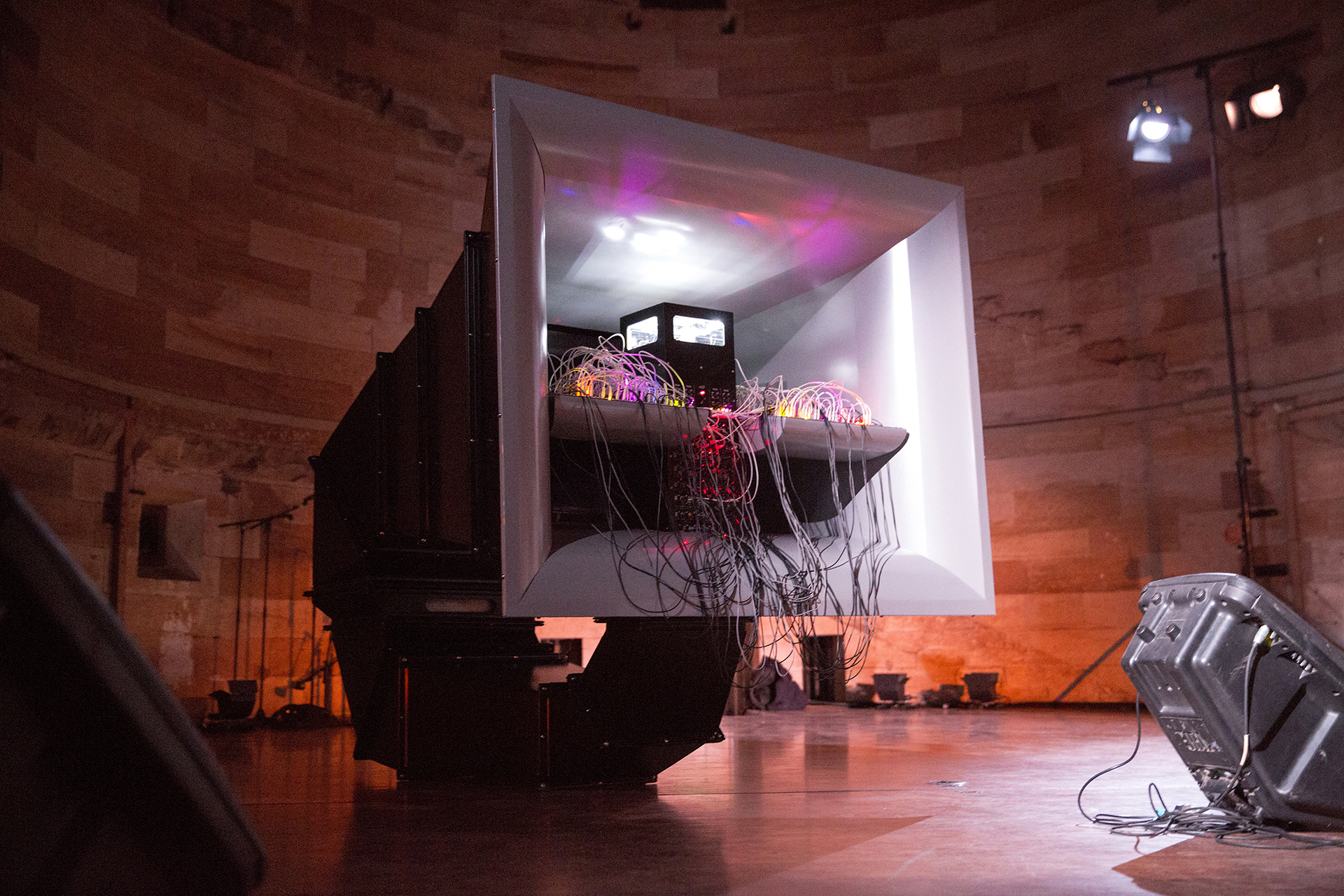
In this article, we trace the analogies, parallels and affinities between bio-inspired generative art and bio art practices with strong generative flavor. We look at the creative and expressive features in these two fields, compare their shared interests in the design and development of life, and discuss the strategies they apply to communicate and engage the audience. With respect to the existing literature, which relates bio and generative art primarily within a historical context, we compare these two fields focusing on generativity as their common poetic driver. We indicate their shared impetus for rendering distinctive visions of nature in order to identify, contemplate or provoke dramatic changes in the era when biological processes become programmable and living matter can be instrumentalized for various forms of labor. We also examine the epistemological and practical effectiveness of the two fields within a broader socio-technical perspective, which leads us to their constructive critique.
Keywords: Bio Art, Biotechnology, Evolution, Generative Art, Genetics, Nature, New Media Art.
Technoetic Arts: A Journal of Speculative Research, 2022, (18), 2&3: 223–238. https://doi.org/10.1386/tear_00040_1 (forthcoming).
4th Taboo, Transgression, Transcendence in Art and Science conference proceedings, University of Applied Arts Vienna, 2021.
Will be available upon publication.
Agapakis, Christina. 2013. "Selfmade." Christina Agapakis' website. https://www.agapakis.com/work/selfmade.
Agapakis, Christina. 2020. "What Happens When Biology Becomes Technology." TED Talks website. https://www.ted.com/talks/christina_agapakis_what_happens_when_biology_becomes_technology.
Anker, Suzanne. 2014. "The Beginnings and the Ends of Bio Art." ArtLink 14, vol 34 #3: 14-15.
Arns, Inke. 2004. "Read_me, run_me, execute_me. Code as Executable Text: Software Art and its Focus on Program Code as Performative Text." Medien Kunst Netz website. http://www.medienkunstnetz.de/themes/generative-tools/read_me/1/.
Ben-Ary, Guy. 2015. "cellF." Guy Ben-Ary's website. http://guybenary.com/work/cellf/.
Dewey-Hagborg, Heather. 2013. "Stranger Visions Press Release." New York: Clocktower Gallery.
Dixon, Steve. 2020. Cybernetic-Existentialism: Freedom, Systems, and Being-for-Others in Contemporary Arts and Performance, 185-190. New York: Routledge.
Ginsberg, Alexandra Daisy, Jane Calvert, Pablo Schyfter, Alistair Elfick and Drew Endy. 2014. Synthetic Aesthetics: Investigating Synthetic Biology's Designs on Nature, 123-126. Cambridge: The MIT Press.
Grba, Dejan. 2015. "Get Lucky: Cognitive Aspects of Generative Art." XIX Generative Art Conference Proceedings. Venice: Fondazione Bevilacqua La Masa: 200-213.
Grba, Dejan. 2020. "Alpha Version, Delta Signature: Cognitive Aspects of Artefactual Creativity." Journal of Science and Technology of the Arts, 12 (3), 74-75.
Kac, Eduardo. 1998-1999. "Genesis." Eduardo Kac's website. http://www.ekac.org/bigbac.html.
Latham, William. 2015. "Evolutionary Art and Computers." TEDx Oxford. https://youtu.be/MZGOr94468w.
Lister, Martin, Jon Dovey, Seth Giddings, Iain Grant, and Kieran Kelly. 2009. "New Media and New Technologies." In New Media: A Critical Introduction. New York: Routledge: 9-104.
Loi, Michele, Eleonora Vigano, and Lonneke van der Plas. 2020. "The Societal and Ethical Relevance of Computational Creativity." ResearchGate Article Preprint. https://www.researchgate.net/publication/343179320.
Lomas, Andy. 2014. "Cellular Forms: An Artistic Exploration of Morphogenesis." SIGGRAPH Studio, July: 1.
Lu, Timothy K., and Oliver Purcell. 2016. "Cells That Compute Come Closer to Reality." Scientific American, April 1.
Manovich, Lev. 2003. "New Media from Borges to HTML." In Wardrip-Fruin, Noah and Nick Montfort, eds. The New Media Reader, 13-25. Cambridge: The MIT Press.
McEveilley, Thomas. 1988. "Empyrrhical Thinking (and Why Kant Can't)." Artforum, XXVII, No.2, October: 120-127.
Montfort, Nick et al. 2012. 10 PRINT CHR$(205.5+RND(1));: GOTO 10. Cambridge: The MIT Press.
Nake, Frieder. 1971. "There Should Be No Computer-Art." Page, No. 18, October: 1-2.
Oxman, Neri. 2015. "Templating Design for Biology and Biology for Design." Architectural Design, 85 (5), 100-107.
Reichle, Ingeborg. 2009. Art in the Age of Technoscience: Genetic Engineering, Robotics, and Artificial Life in Contemporary Art. Vienna: Springer.
Rogers, Hannah Star. 2019. "What Artists Offer: Shaping Our Genetic Futures." In Art's Work in the Age of Biotechnology: Shaping Our Genetic Futures, 30. NC State University Libraries.
Snir, Ainit, Dani Nadel, Iris Groman-Yaroslavski, Yoel Melamed, Marcelo Sternberg, Ofer Bar-Yosef, and Ehud Weiss. 2015. "The Origin of Cultivation and Proto-Weeds, Long Before Neolithic Farming." PLOS ONE, 10 (7): e0131422.
Sommerer, Christa, and Laurent Mignonneau. 1999. "Art as a Living System: Interactive Computer Artworks." Leonardo, 32 (3), 165-173.
Stallabrass, Julian. 2006. Contemporary Art: A Very Short Introduction. Oxford: Oxford University Press.
V.A. 2014. "SynBio Standards: BioBrick." Archive.org website. https://web.archive.org/web/20140327234019/http://ocw.metu.edu.tr/pluginfile.php/4339/mod_resource/content/0/week3content.pdf.
V.A. 2019. Art's Work in the Age of Biotechnology: Shaping Our Genetic Futures, 64. NC State University Libraries.
V.A. 2020. "Girih." Wikipedia page. https://en.wikipedia.org/wiki/Girih.
Venter, J. Craig. 2014. Life at the Speed of Light: From the Double Helix to the Dawn of Digital Life, 51-64 and passim. New York: Viking.
Żmijewski, Artur. 2012. "Artists Are Just as Capable of Setting the Same Chain of Events as Politicians." Interview by Joanna Warsza. Berlin: Das Magazin der Kulturstifrung des Bundes.
Zurr, Ionat, and Oron Catts. 2005. "Big Pigs, Small Wings: On Genohype and Artistic Autonomy." Culture Machine 7. https://culturemachine.net/biopolitics/big-pigs-small-wings.